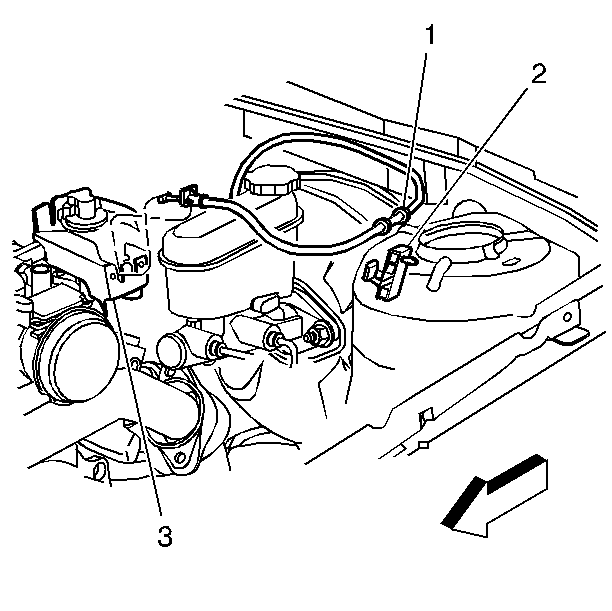The accelerator control
system is cable type. There are no linkage adjustments.
Therefore, the specific cable for each application must be used. The accelerator
cable is routed through the groove in the throttle body lever.
When work has been performed on accelerator controls, always make sure
that all components are installed correctly and that linkage and cables are
not rubbing or binding in any manner. The throttle should operate freely
without bind between full closed and wide open throttle.

